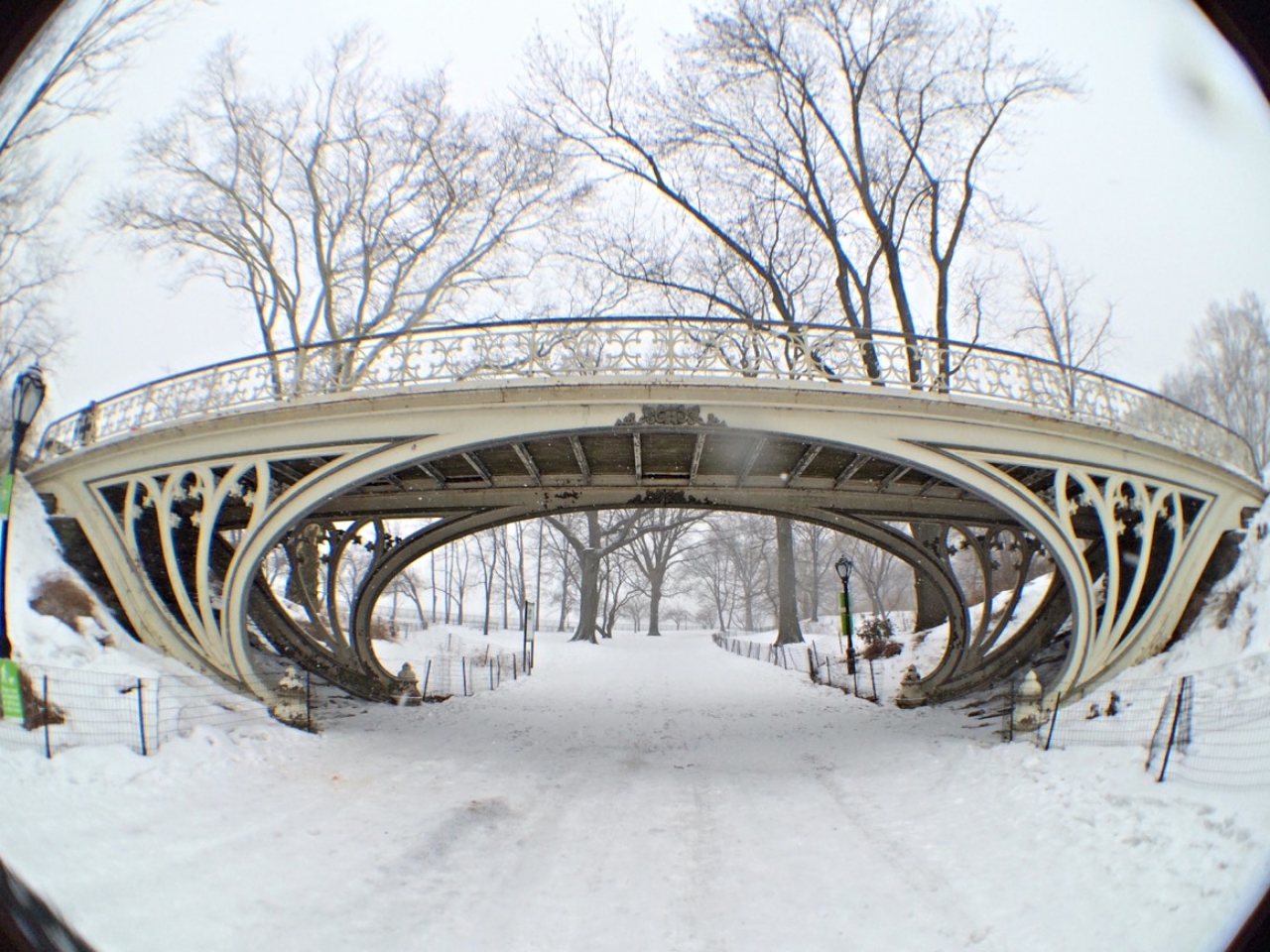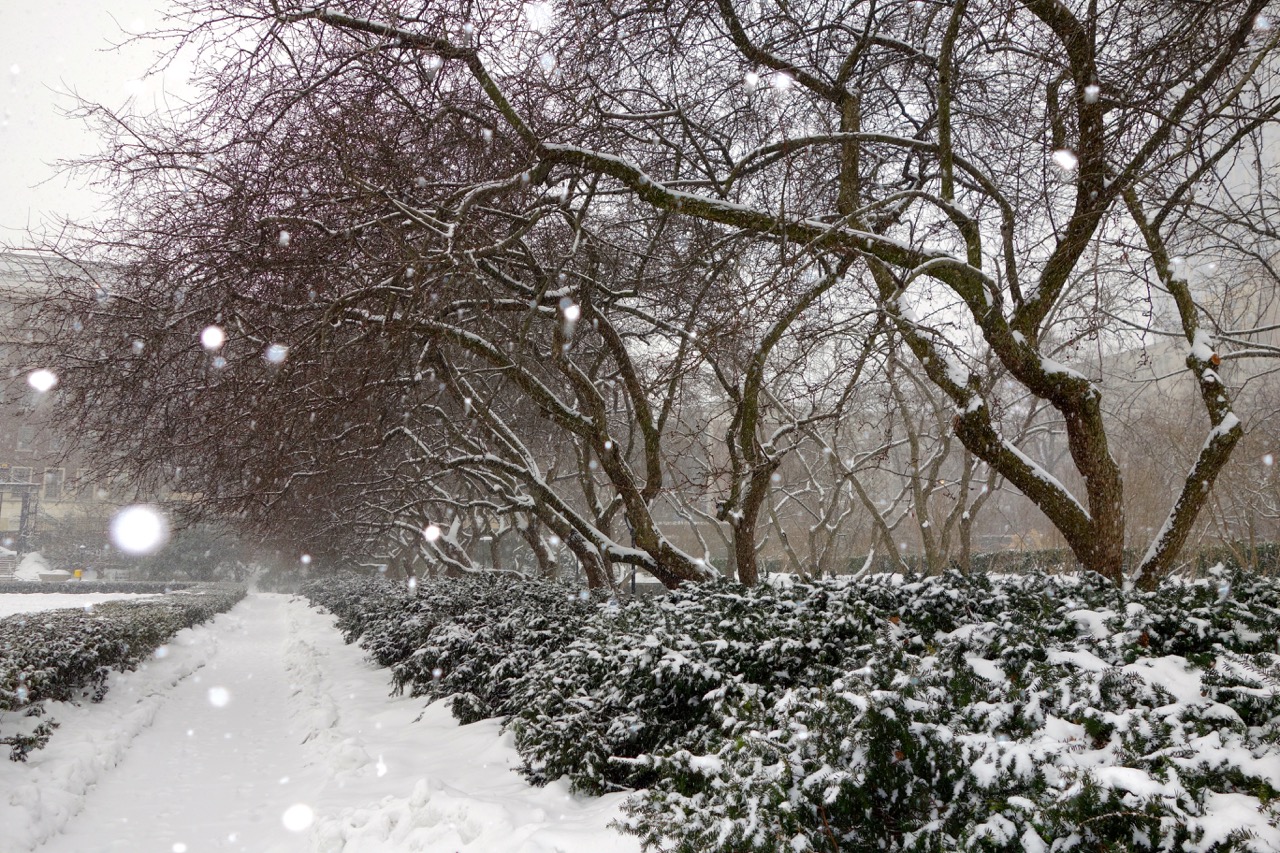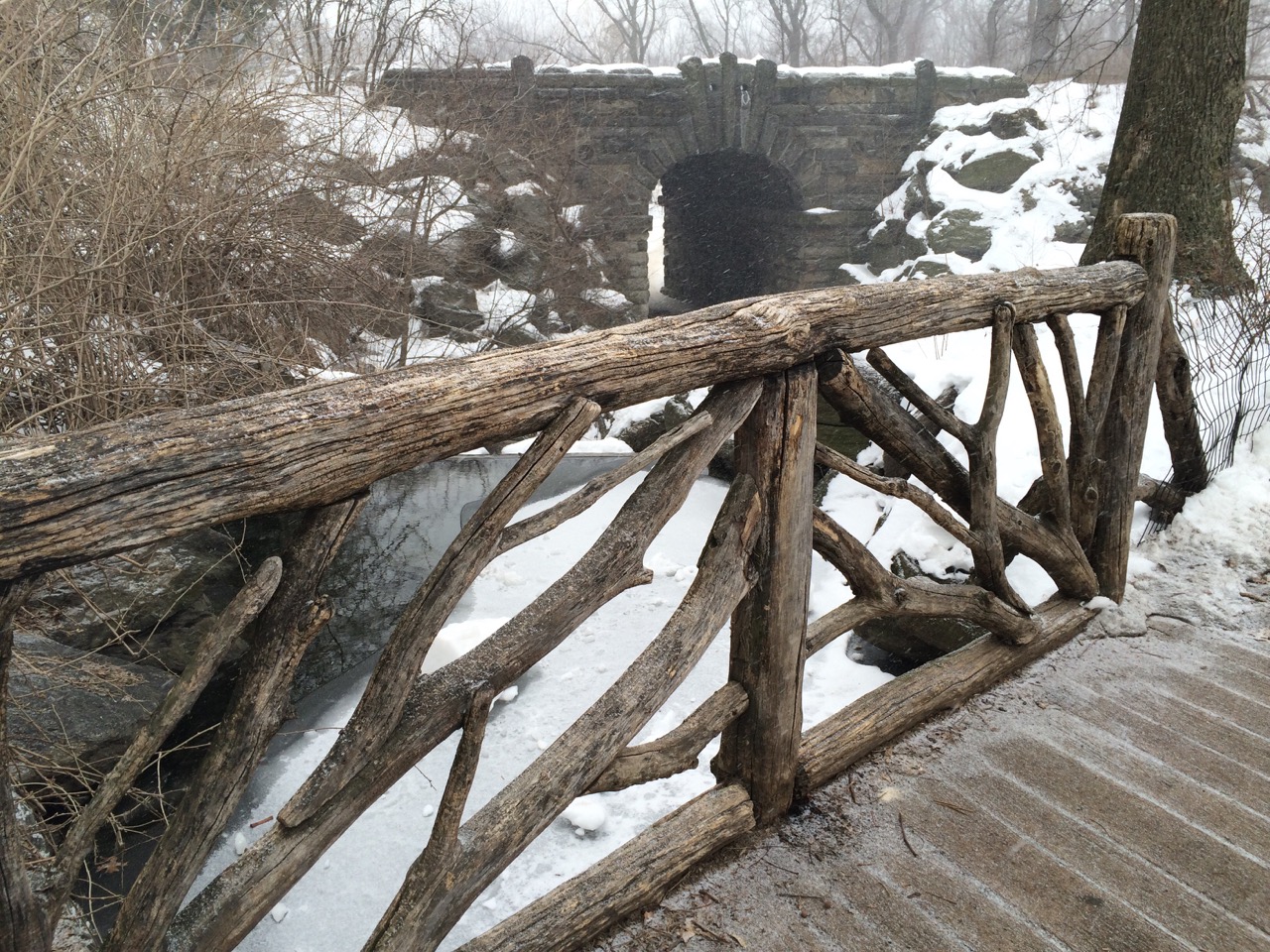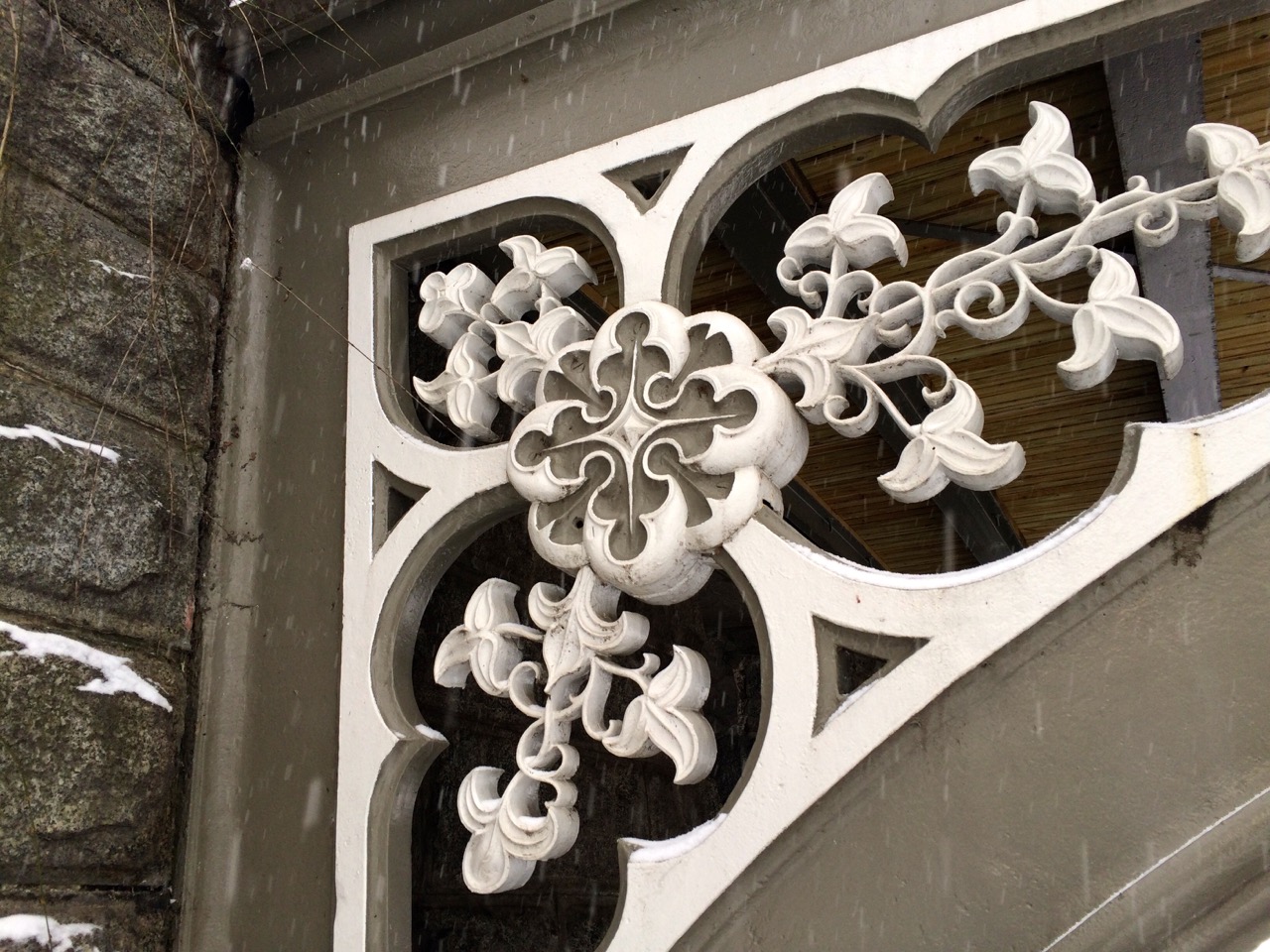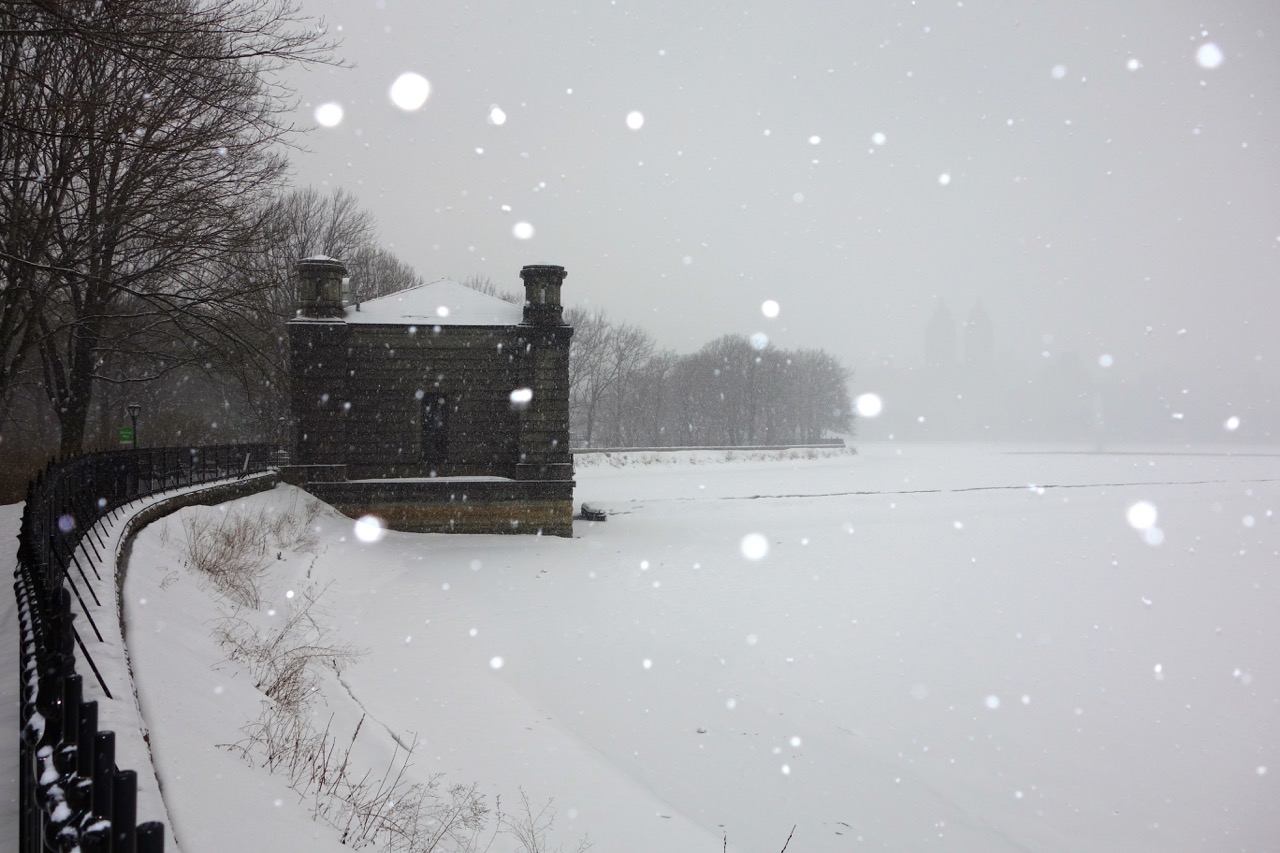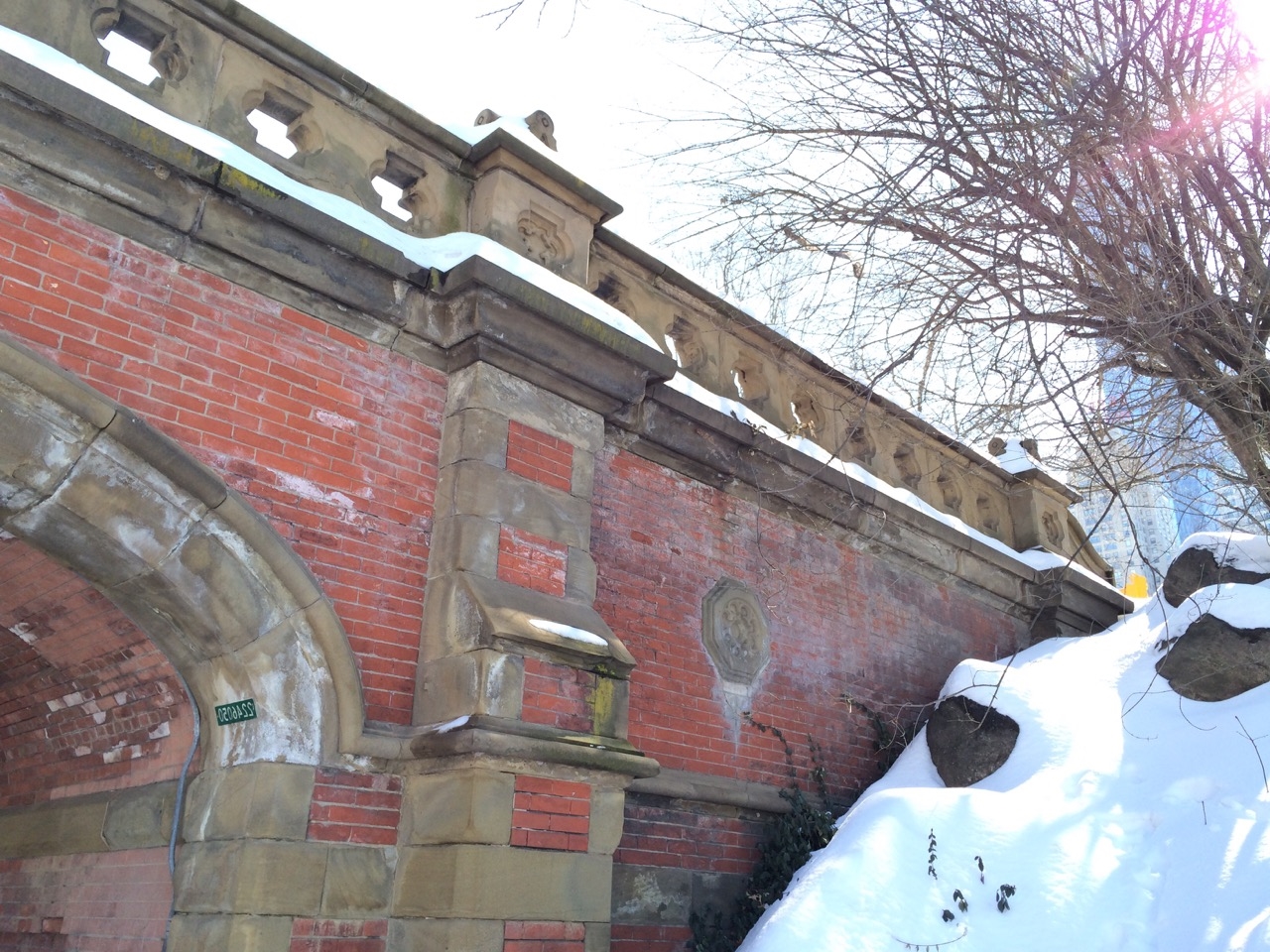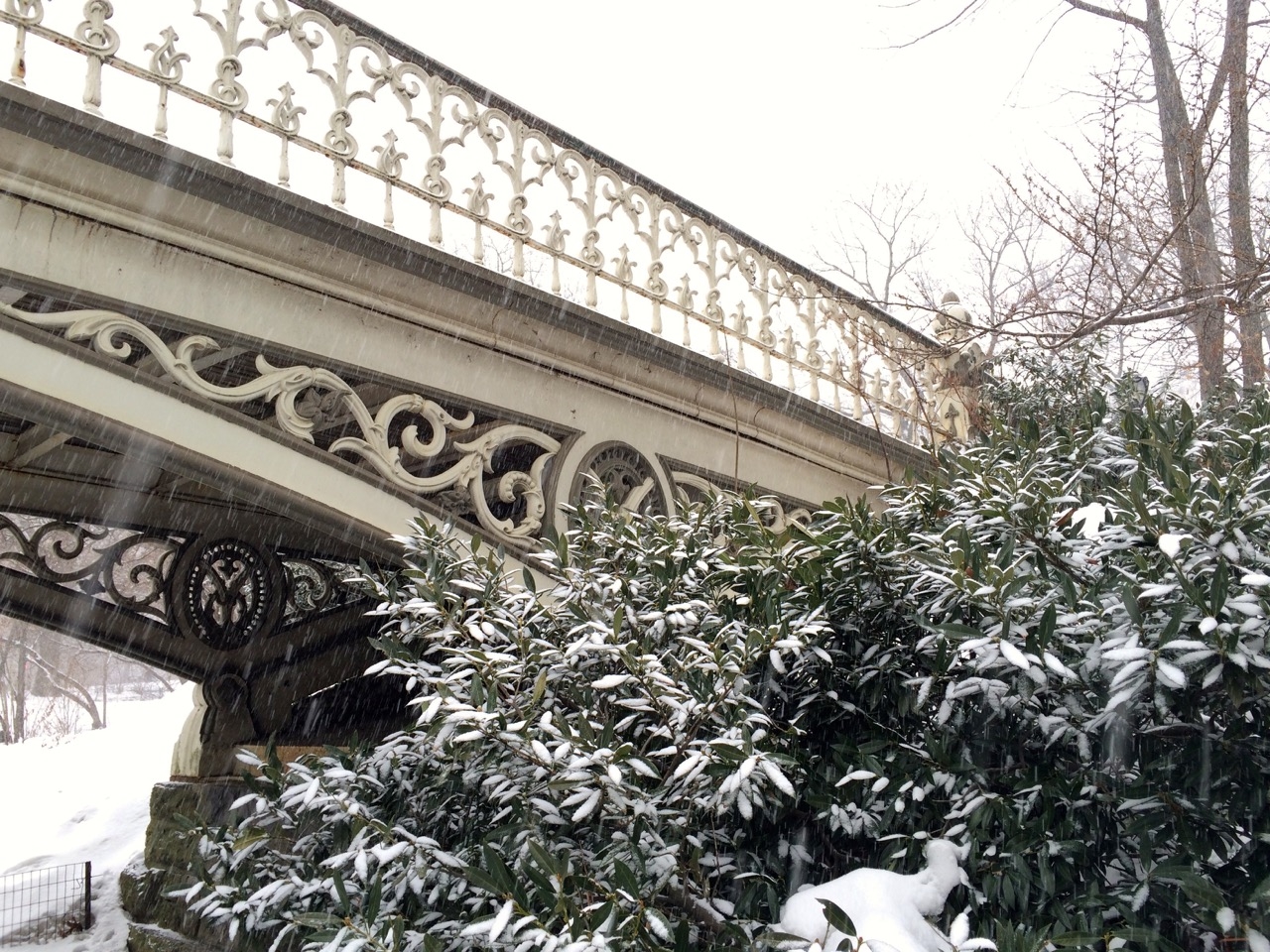One of the great things about living in Wisconsin is that there are truly four seasons: slightly late but fast springs, great long summer days, colorful autumns, and crisp white winters. I am hoping for some good snowfall this year; last year we got so little that it was almost impossible to ski nearby.
The recent snowfall in New York City reminded me of a brief visit to New York City a few winters ago where I was lucky to experience an amazing snow storm. A perfect excuse to explore Calvert Vaux’s famous bridges of Central Park under the blanket of fresh snow.
Calvert Vaux, the visionary architect behind New York City’s Central Park, would have marked his birthday on Dec 20, 1824. So this seems an appropriate time to celebrate some of his legacy.
Central Park is so perfectly done in the English Picturesque style as to appear to as if it always looked that way. I am not embarrassed to admit that during my first visits I thought that this is what the entire island of Manhattan must have looked like. In reality it is a garden created by man and machine out of swamps and farmland.
The (famous) Frederick Olmsted and (not-so-famous) Calvert Vaux developed the Park’s winning design in 1858. Their proposal included separate paths for different activities: strolling, horseback riding, and carriage riding, as well for getting efficiently from one side of Manhattan to the other. The challenge was to do this while preserving natural beauty without requiring traffic intersections everywhere.
The solution was to submerge and elevate paths so that those experiencing them could enjoy the park uninterrupted. This, of course, meant the need for bridges. At first a handful of them; today close to 40. Made of stone, brick, or cast iron, each one is unique; an ornament tucked into the broader landscape. And most designed by Calvert Vaux and his colleague, architect Jacob Mould.
Above are just a few of my favorites:
1860: Driprock bridge was designed by Calvert Vaux and Jacob Mould using alternating bands of red brick and New England sandstone.
1862: Bow bridge, also designed by Vaux and Mould, was the first cast-iron bridge in the Park and its longest.
1864: The reservoir bridges, each unique, were designed by Vaux and Cornell Ironworks. They separate pedestrians from equestrians (today mostly trail joggers). Various bridges are shown above including Gothic bridge, noted for its pointed spandrels.
1865: Glen Span Bridge covers a gentle stream and path that invites visitors to explore the “Ramble,” the wild section of the Park.
I think that Vaux would have been especially pleased to see his work covered with fresh snow.
Detail from sandstone carvings along Bethesda Terrace. The stonework designs are by Jacob Mould and represent the four seasons and the times of day. The Terrace was constructed during the U.S. Civil War and completed in 1863.

